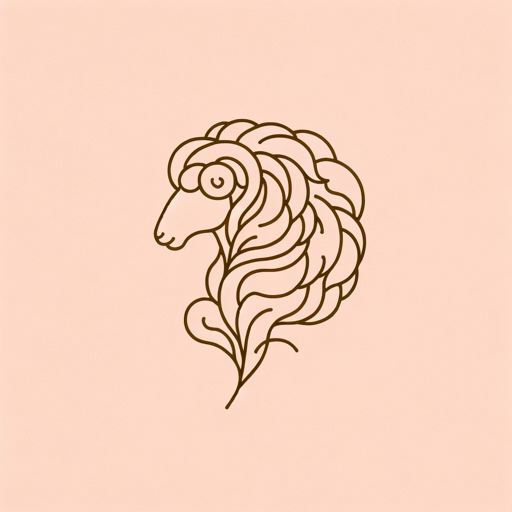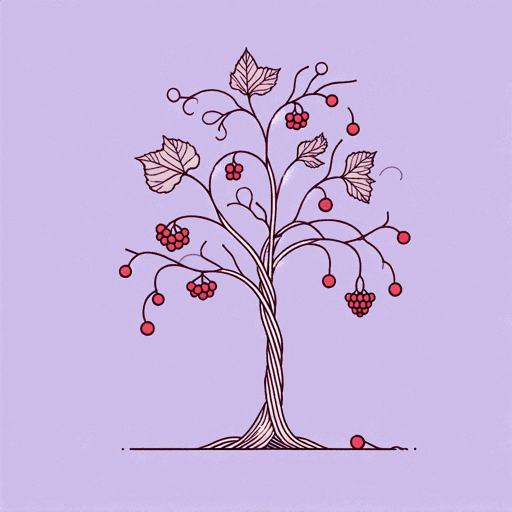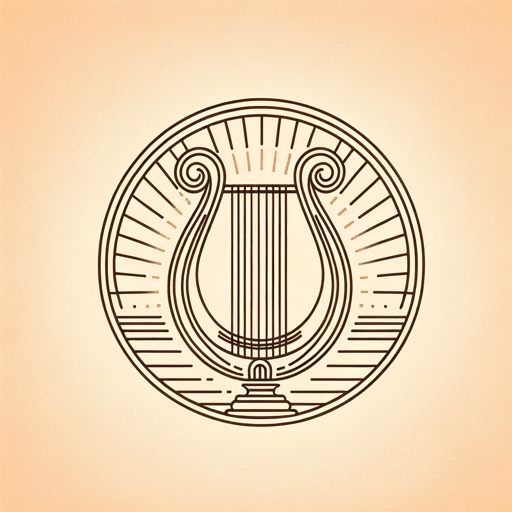94 pages • 3 hours read
OvidMetamorphoses
Fiction | Novel/Book in Verse | Adult | Published in 8A modern alternative to SparkNotes and CliffsNotes, SuperSummary offers high-quality Study Guides with detailed chapter summaries and analysis of major themes, characters, and more. For select classroom titles, we also provide Teaching Guides with discussion and quiz questions to prompt student engagement.
Symbols & Motifs
Punishment and Betrayal
Punishment is a motif in the Metamorphoses that supports Ovid’s moral messaging. In Books 1 and 2, Ovid tells the tale of Phaethon, who insists on driving the chariot of his father, the Sun. He soon loses control of the chariot, driving it too low and scorching the Earth, who complains about him to Jupiter. In response, Jupiter “struck Phaethon from the chariot and from life” (33). Later, Phaethon’s tomb has the epitaph “great was his fall, yet did he greatly dare” (34). Phaethon’s pride led him to think he, a mortal, could drive a god’s chariot, and for this the gods punished him. Ovid means for this story to have moral implications, particularly in his use of the pithy epitaph to summarize the lesson a reader can learn from Phaethon’s story.
Another example is the Theban queen Niobe, proud of her marriage, wealth, and lineage, who boasts that she, who has seven sons and seven daughters, is better than the goddess Latona, who has only two children (Apollo and Diana). As a goddess, Latona cannot abide this arrogance and self-importance, so she sends Apollo and Diana to punish Niobe, the gods kill all her children to make her suffer.
Related Titles
By Ovid




